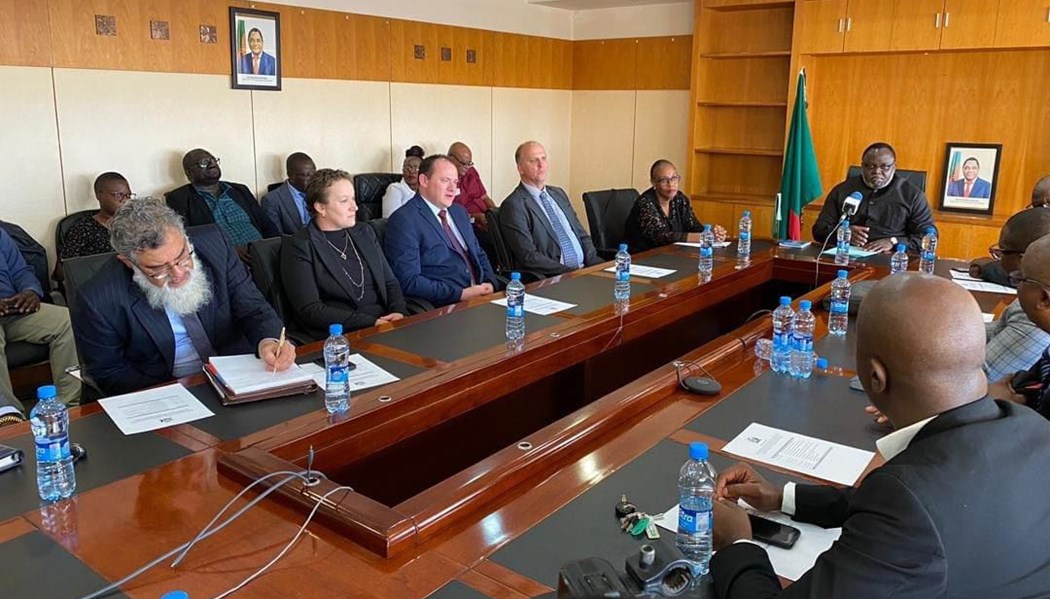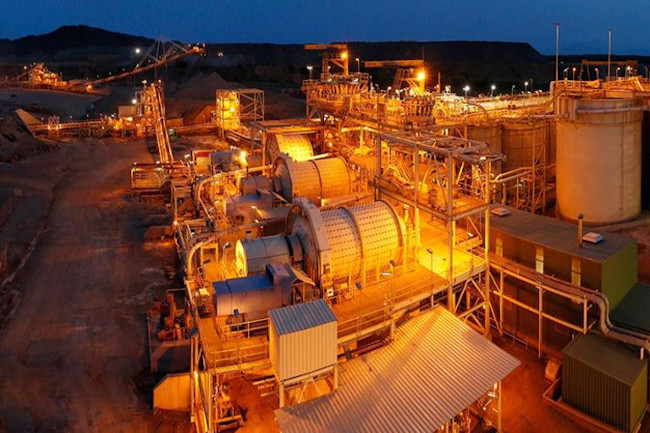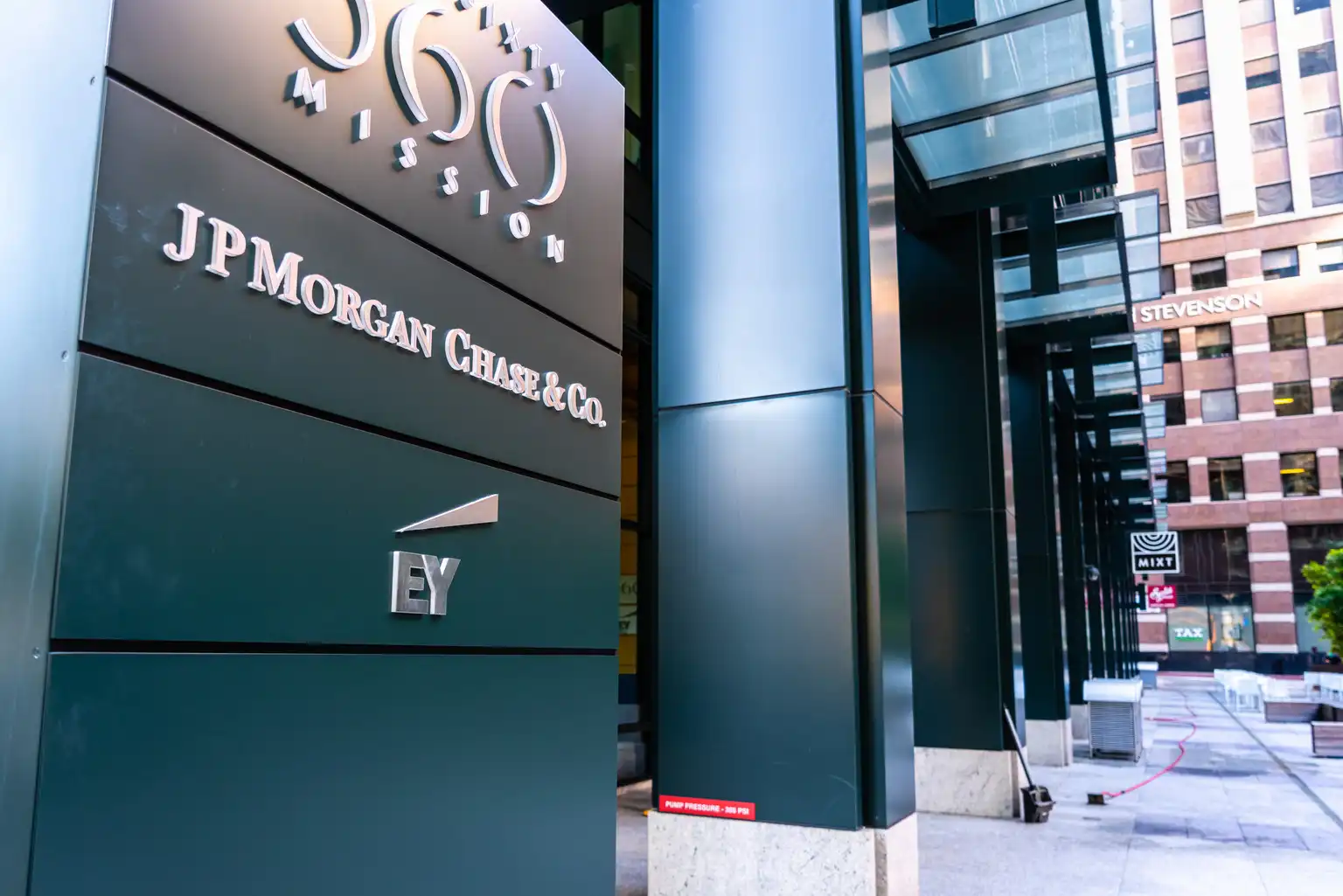Other

A legacy of growth, safety, sustainability ahead of MineSafe 2024

However, modern mining began in the 19th century with the discovery of diamonds in Kimberley (1867) and gold on the Witwatersrand (1886). The gold rush led to rapid urbanization and the establishment of Johannesburg, transforming it into a major economic hub. The influx of workers also spurred the development of infrastructure and services.
Economic legacy of mining
Mining has consistently been a significant contributor to South Africa’s GDP, particularly in the late 20th century. It remains a vital sector, providing jobs and fostering regional development. The country is rich in mineral resources, including gold, platinum, diamonds and coal. The export of these minerals brings in substantial foreign exchange. The mining sector contributes roughly 8-10% of South Africa’s GDP, although this figure fluctuates depending on commodity prices and production levels. Government also earns significant revenue through mining royalties and taxes, which are critical for national development. The sector directly employs around 450 000 people, with indirect employment adding hundreds of thousands more.
Environmental, Social and Governance
In South Africa’s mining sector, Environmental, Social and Governance (ESG) considerations have become increasingly important, driven by both local regulatory requirements and global investor expectations. The country’s mining industry, which has historically been associated with significant ESG challenges, is now embracing ESG principles to ensure sustainable growth and improved stakeholder relations. The mining sector has responded positively over the last two decades in improving the environmental impact of mining through improved controls on Greenhouse gas emissions, rehabilitation and water management. The focus on the social aspect of ESG is crucial given the industry’s historical context, including labor disputes, inequality and community impacts. Mining companies have engaged closely with host communities and other social partners in the recent past in developing projects of shared value for involved stakeholders. Safety & Health performance is a fundamental metric in relation to social performance. The industry has made significant strides in improving this metric over the last three decades.
Safety & Health
Occupational diseases have reduced significantly on the back of improved occupational hygiene controls and monitoring thereof. The mining industry has recorded 33 fatalities in the year to date compared to 34 this time last year. The number of occupational reportable injuries is 12% lower, with 1 537 of our colleagues hurt while at work so far this year. The industry has however realised significant reductions in mining incidents and particularly fatalities over the last three decades through initiatives such as the Khumbul’ekhaya CEO-led strategy which has had a significant impact over the last five years. Through the industry’s Fall of Ground Action Plan (FOGAP), there was a record low six fatalities in 2022 – a 97% reduction from the 239 FOG-related deaths reported in 1994. Transport and machinery-related fatalities have similarly decreased, falling by 91% to eight from 87 three decades ago. This is another example showing that through unwavering focus on the historical agencies that led to fatalities, the industry is making a positive difference in creating a safer working environment.
As we look forward to MineSafe 2024, we are encouraged by the current trajectory of the industry in Health & Safety. We look forward to a wonderful conference this year.












